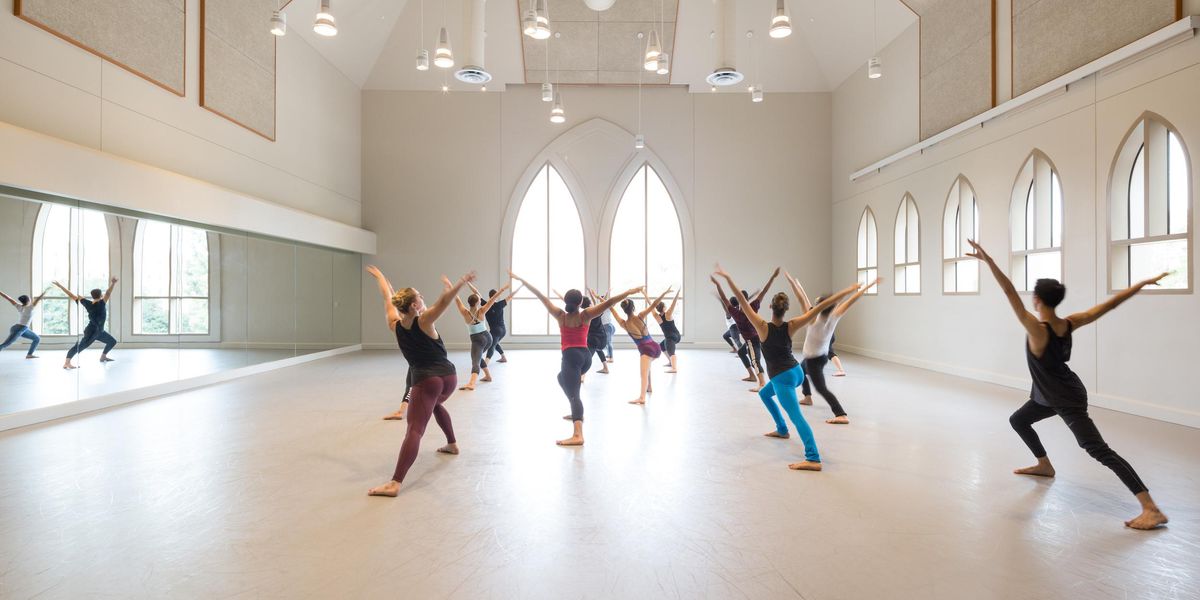Your Body: Bad Step
Your street shoe choices make a difference to your foot health in the studio.
Dancers are shoe hounds. From flip-flops to Christian Louboutin heels, they can be spotted sporting the latest fashion footwear between class and rehearsals. But your foot and ankle health in the studio have a lot to do with your street footwear. Can certain styles actually lead to injury? What are the best and worst choices for your non-dance hours?
Flip-Flop Flops
Though they are cheap and convenient to wear, flip-flops offer little support. To keep them on your feet, your toes need to do a lot of gripping. An Auburn University study found links between the sandals and problems like plantar fasciitis and tendonitis. “Gripping tires the tendons,” says Nancy Kadel, MD, a staff surgeon at Group Health, Seattle, and chair of the Dance/USA Task Force on Dancer Health.
Not only do flip-flops provide little support, they may exaggerate any tendency to pronate. “My real concern is the slippage issue,” says Stacy Barrows, PT, at Century City Physical Therapy in Los Angeles. “Dancers can be more prone to injury since they are inclined to walk in a different foot pattern that can diminish an easy balance in a flat foot.” This doesn’t mean you have to get rid of your flip-flops. “It’s nice to air your feet out for a short walk home,” says Kadel. (Another option are FitFlops, a denser-soled, more shock- absorbent alternative that claim to offer better support for your feet.)
Wearing high heels is like being in relevé all the time. Put them on the way you eat dessert—just now and then.
High Heel Hurdles
Who doesn’t want to wear a fancy pair of heels for a post- show reception or gala? While a few hours in high style won’t hurt, heels aren’t a wise regular choice. “It’s like being in relevé all the time, but without a demi plié,” says Kadel. “This can cause tight calves and Achilles. Wear heels the way you eat dessert—just now and then.” Barrows says that wearing high heels can shorten the leg mucles’ contractile capacity. “The connective tissue may not be able to absorb shock in the same way, and that often places stress at the tendon junction,” says Barrows. “Also, when in a raised heel position, there is less movement in the tarsal joints. This can contribute to hypomobility in the foot, and move the stress to other sites, like the Achilles tendon.”
However, a good fit can go a long way to lowering the risk. Take some time in the store to run through a few exercises. “One test is to stand on the floor in the shoes with your knees straight, not locked,” says Barrows. “Raise yourself on your toes so there’s at least an inch of space under your heels. If you can’t do that, the heels are too high and you shouldn’t wear them.” The American Podiatric Medical Association suggests keeping heel height under two inches. So toss the stilettos and stick to pumps.
The Best Choices
Both Barrows and Kadel recommend variety when it comes to pedestrian footwear, so different parts of the legs and feet can recoup. Kadel finds that a shoe with a little arch support and cushion works best during off hours. “I like a supportive athletic shoe for pounding the pavement,” she says. “The foot needs a rest after a long day of dancing.” Barrows says good brands include Merrell and Nike Free Run.
Sometimes your feet need a break from all the movement that you demand of them. Kadel says that Dansko clogs (or any kind of stiffer wooden clog) can do the trick. “A stiffer shoe actually lets the foot rest, because the toes do not bend,” she says. “Rocker bottom shoes, like MBT, give the metatarsals a much needed break and stretch the Achilles.”
Nancy Wozny writes about health and the arts from Houston.
Don’t peel that apple!
The famous apple-a-day formula has a new twist. Researchers at Agriculture and Agri-Food Canada have found that the skin of sweet, Red Delicious apples contains six times the antioxidants of its flesh. Because of its year-round availability and dance-
bag portability, the Red Delicious makes an ideal snack for dancers, not only for its high fiber and vitamins but now for its immune-boosting antioxidants, too.
Roll On
Imagine a roller just like the one you love for your spine, but designed specifically for your overworked feet. The Thera- Band foot roller ($11.95) will soothe and comfort them. Soft enough to protect the bones but hard enough to work through tender foot muscles, the roller is good medicine for plantar fasciitis as well. See www.optp.com.




